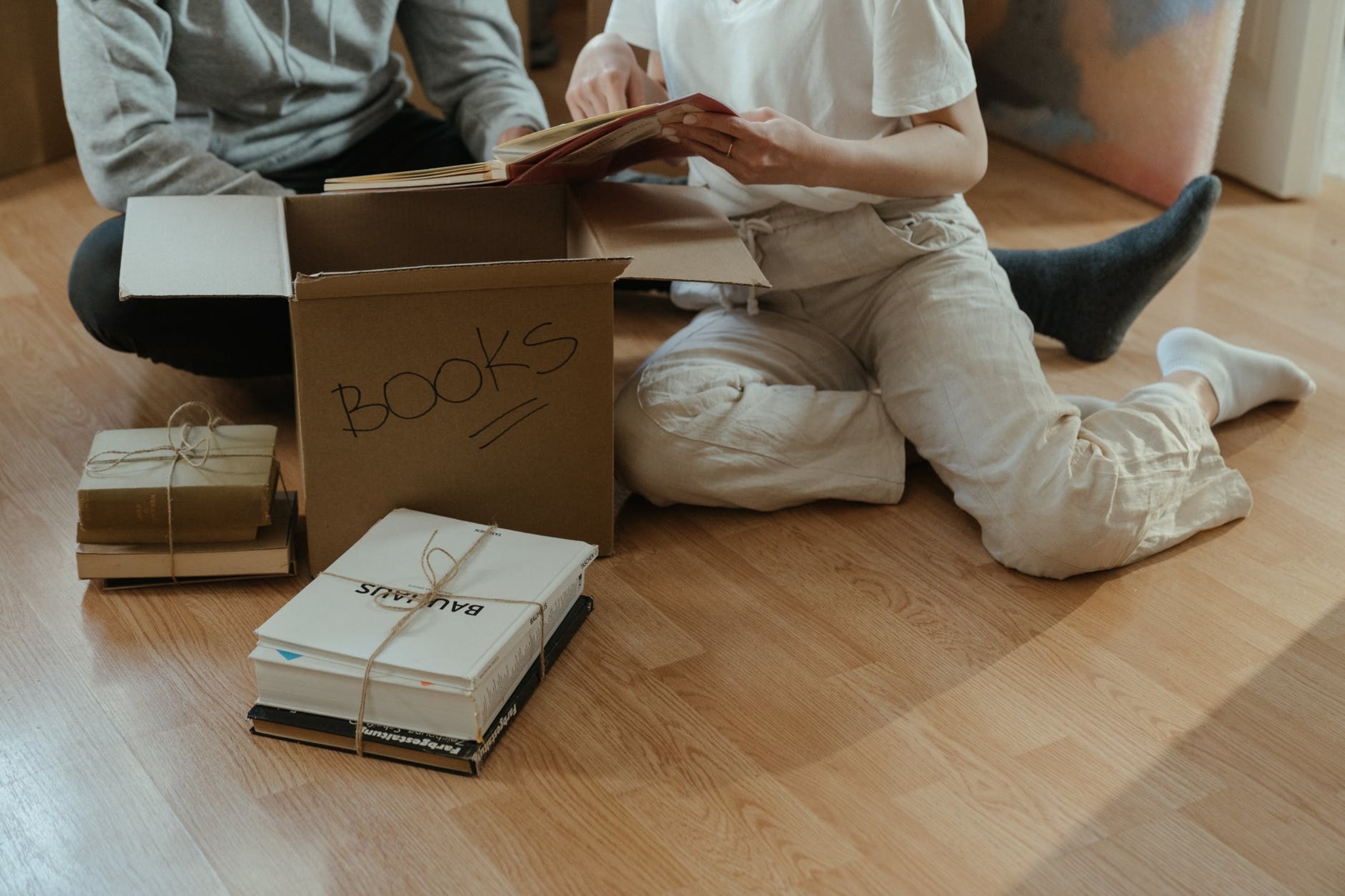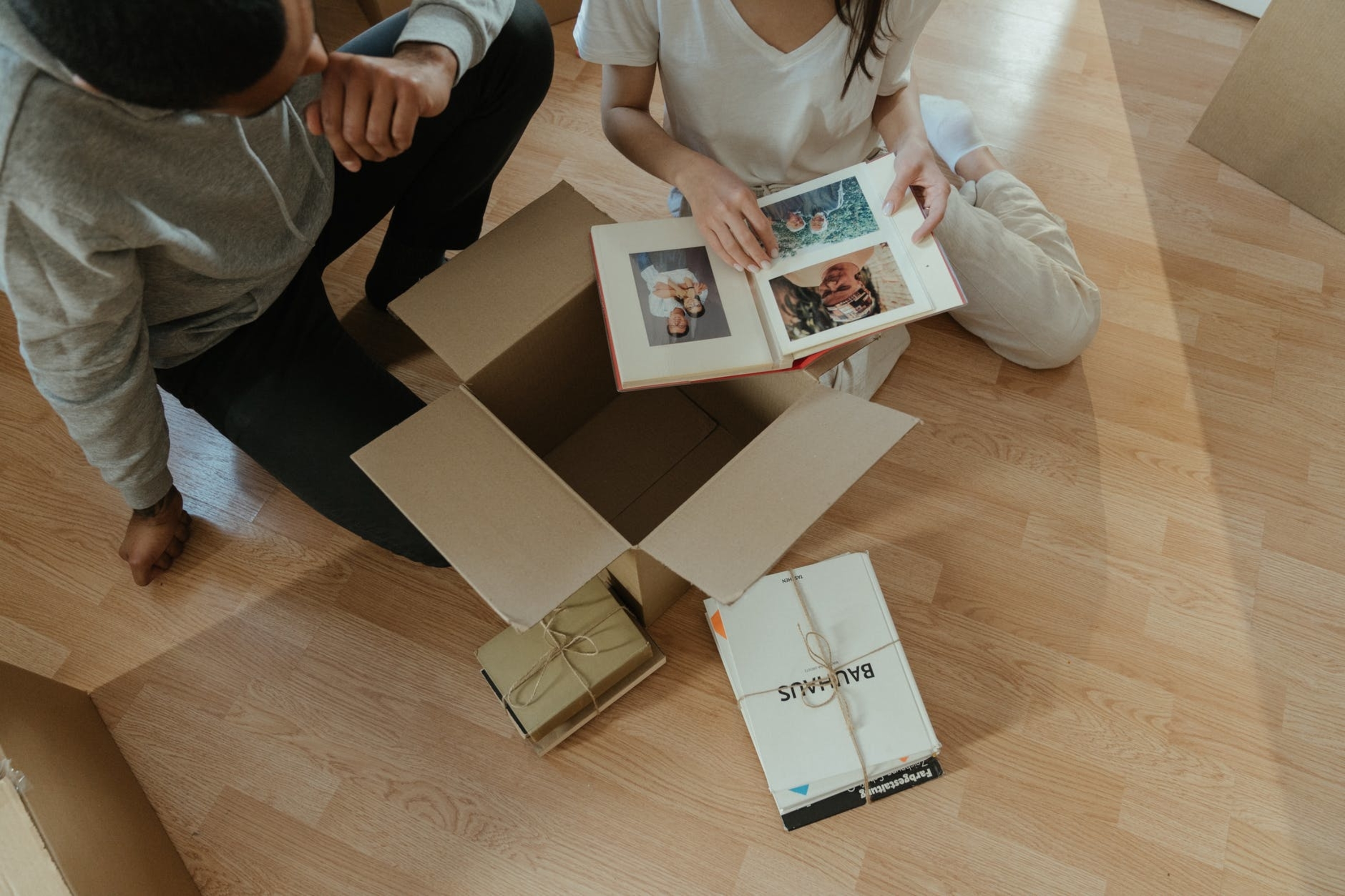At last! You’ve finally arrived at your destination.
As you set foot into the living room, a familiar scent greets your nostrils. But wait! It’s somehow different from what you’re used to. Ah yes, it’s the fragrance of a new home.
This is it. You’re finally at the end of your move. It’s time to confront the final step: unpacking.
For most people, unpacking can be just as stressful as preparing for a move. Don’t worry, though. It’s not as bad as you might think. With the help of this guide, you’ll breeze through the entire process in the shortest time possible.
So here are six effective tips to unpack your stuff.
1. Organize Your Packing
A stress-free unpacking experience starts from a well-planned packing itself. Here are some basic steps to follow to make your post-move situation effortless:
- Make an inventory. It’s easy to lose track of things when you’re unpacking. To counter this, assign a number for every box, then create a note on your phone that tells you the contents of each number.
- Color-code the boxes. To make things even more convenient, paste a piece of colored paper to each box according to the room it belongs. For example, boxes tagged with red go straight to the kitchen, while blue ones should be sent to the bedroom.
- Don’t mix things up. Try to keep the contents of a box relevant to each other. For instance, keep all of your kitchen utensils together. Pack pillows, sheets, and blankets together.
- Lastly, pack a ‘survival box.’ This box is the first thing you should open up after the move. Put inside all necessities that you need to survive the first 24-hours in your new home. Items might include things like fresh clothes, a toothbrush, toilet paper, medications, and other personal items.
2. Assign Boxes to Their Respective Rooms
Remember the color-coded system you implemented earlier? Time to put it to good use. If you’ve hired movers, ask them to put boxes directly in the room indicated by your color-coding. For example, you might ask them to put anything with a blue label in the master bedroom. If you’re moving independently, then you should do this the moment you arrive. Putting off this task will only result in procrastination, and you’ll end up with a mountain of boxes in the living room.

3. Create a Game Plan
Okay, so all the boxes are in their respective rooms. What now?
The best way to overcome the mundane task of unpacking is to treat it like a fun experience. You can do this by coming up with a game plan. Once you have one, you’ll be surprised how quickly things get done.
Here’s an example of one.
- Make a reasonable to-do list.
- Set achievable goals for each day
- Reward yourself with a snack break for every five boxes you cleared
- Pull out some speakers and tune up some energy-unleashing music.
- If you moved with your family, make it a race to see who can empty a box the fastest (without breaking anything, of course!)
4. How to Unpack With Kids Around
Children, especially toddlers, can make unpacking difficult. However, they do love it when you treat them like adults and include them in adult work.
So keep them occupied by providing non-toxic, kid-friendly crayons and ask them to draw what they think is inside a box. Tell them it’s a very important mission. This way, you can easily monitor their activity while keeping them engaged. Just make sure to keep watch from time to time. Kids can be very unpredictable! Of course, older children can assist with unpacking and organizing their own rooms.

5. Order of Unpacking
Honestly, there’s no exact way to unpack rooms. Any order can become the correct one if done properly. It all comes down to personal preference.
But if you want the most effective route, try this sequence:
- Kitchen
- Bedroom
- Bathroom
- Living room
- Home office
- Utility rooms
- Guest rooms
It’s a good idea to unpack the most important rooms first while you’re still full of motivation and energy. Getting your kitchen unpacked so you can make coffee or whip up a homemade meal can help you feel settled in your new home more quickly. Utility rooms, such as the garage, basement, and attic, should be taken care of last since they’re the least used areas in the house.
6. Take Your Time but Don’t Procrastinate
Setting up your new home isn’t an overnight job. Although you should try to accomplish as much as you can, make sure to get proper rest. Work on one room at a time. However, be careful about being too lax. You won’t want to prolong the process and leave some of your belongings collecting dust. Extra boxes lying around won’t help in adjusting to your new place.

